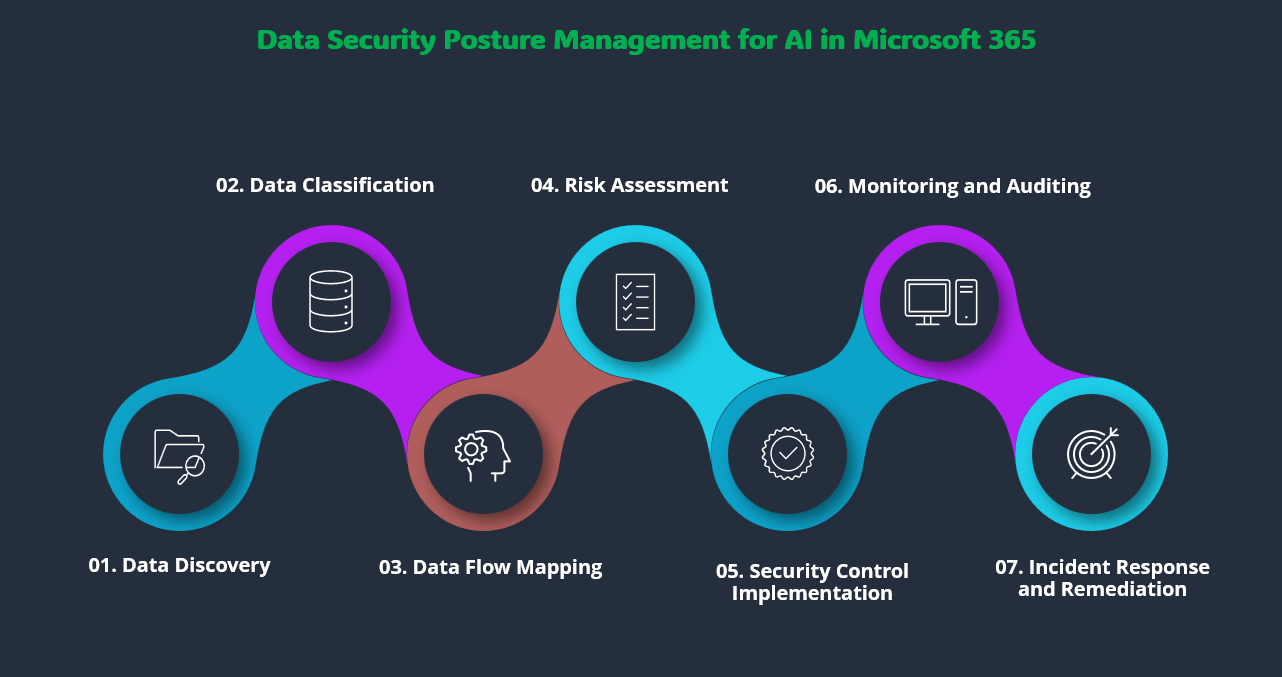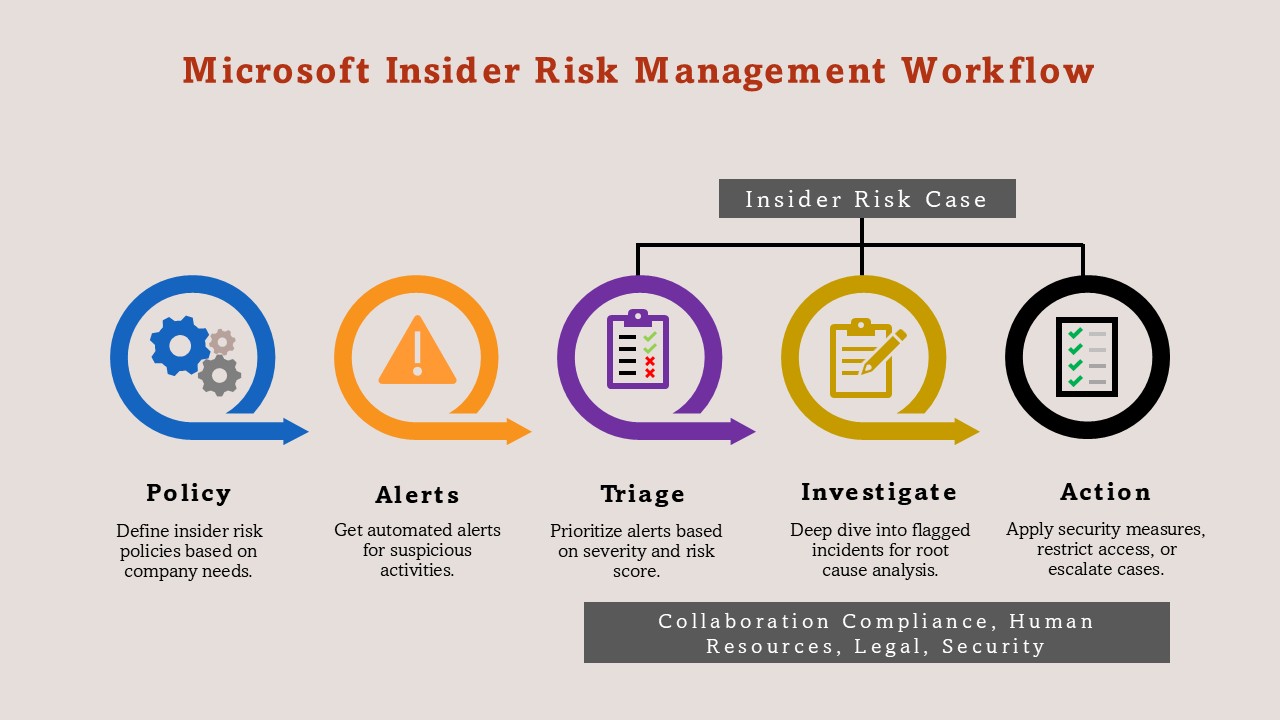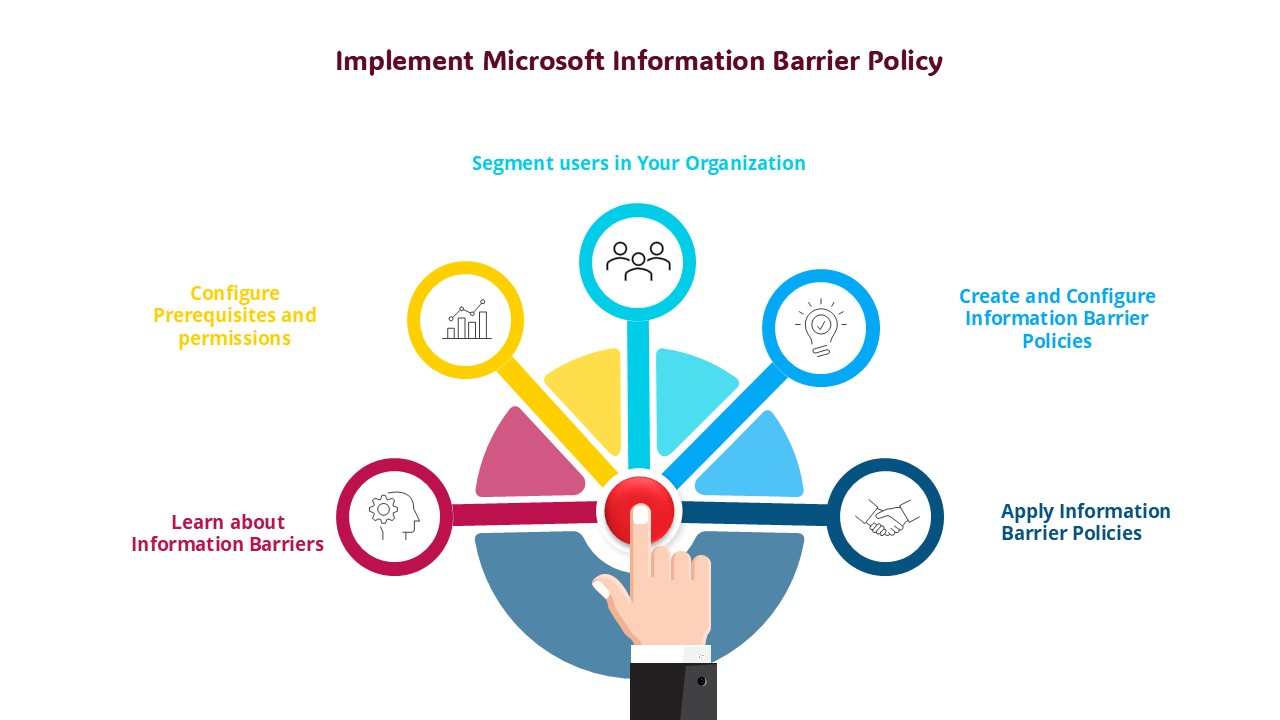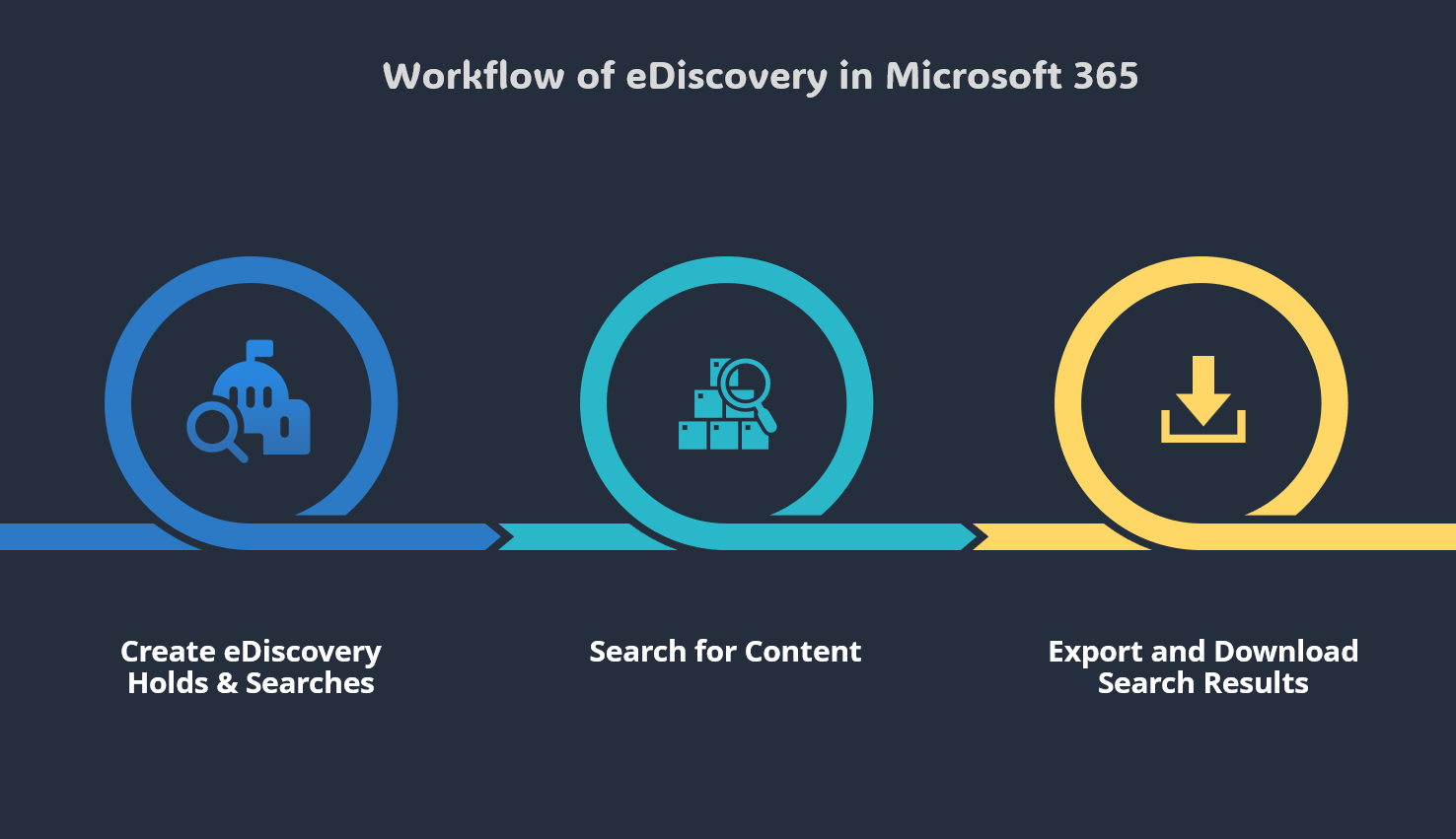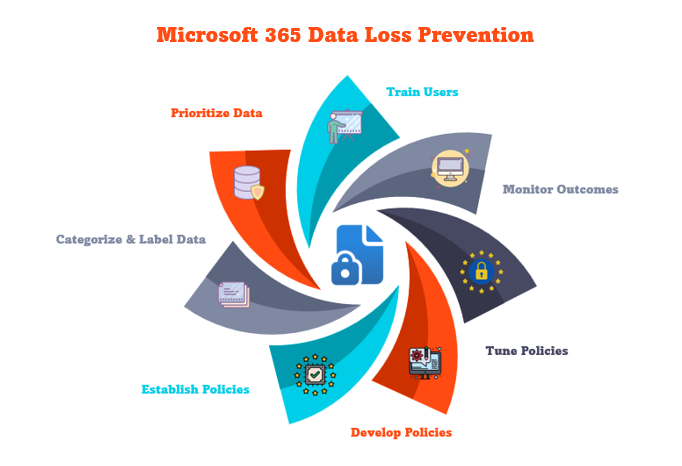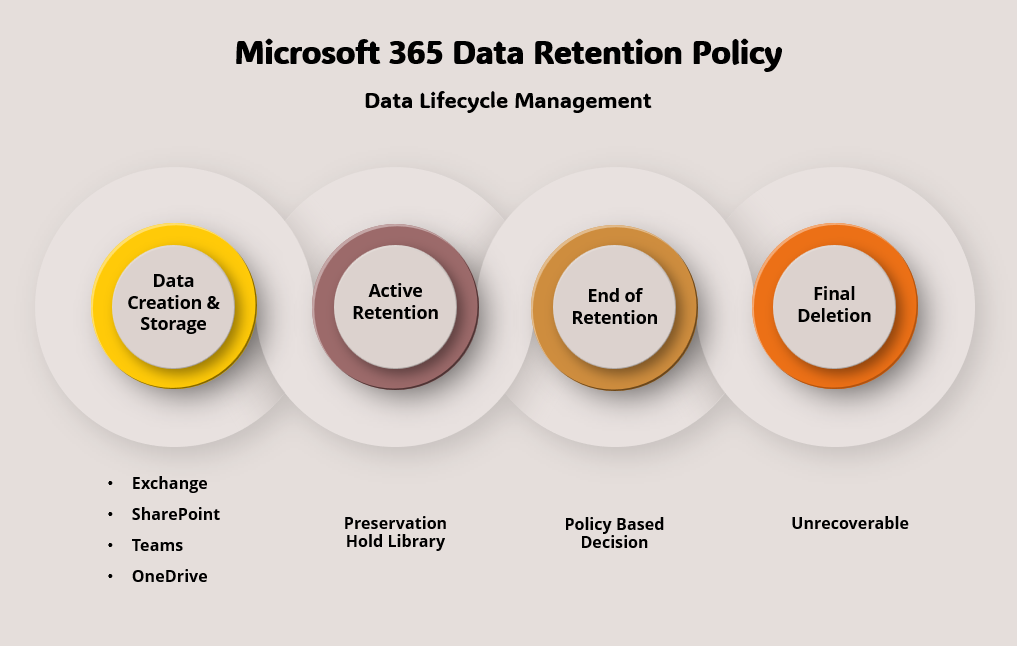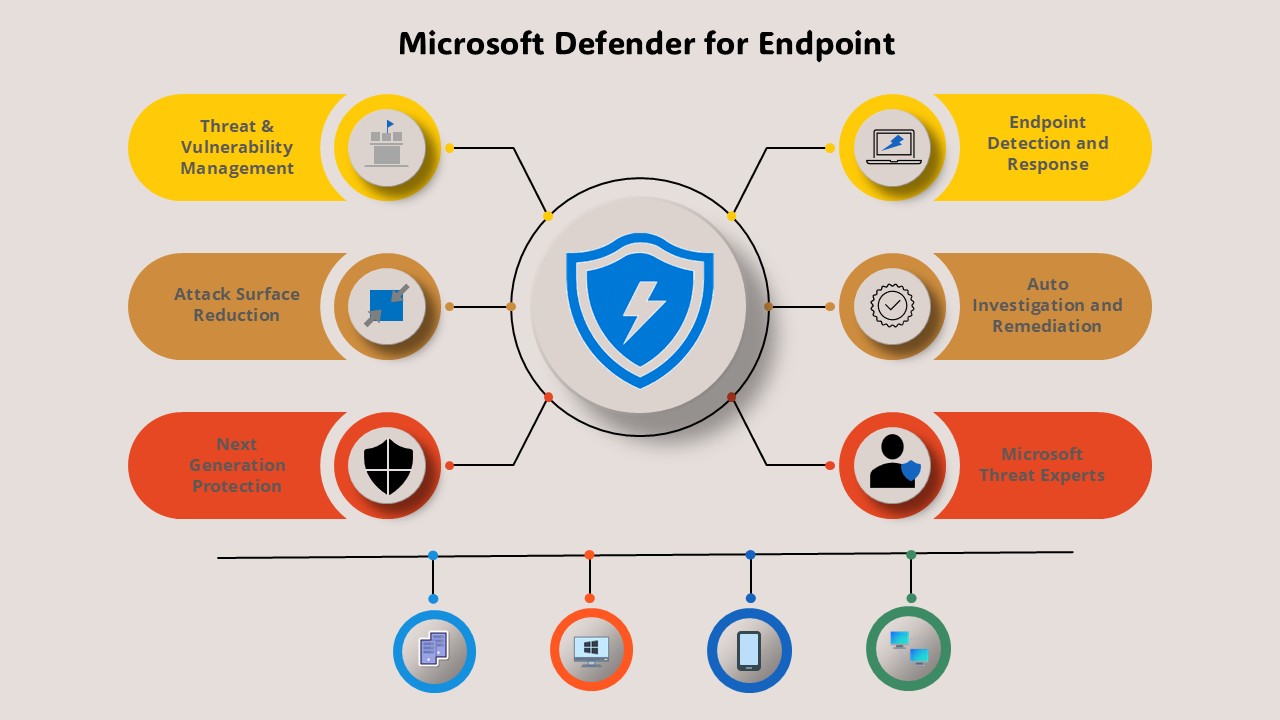
As cyber threats continue to evolve, organizations require robust security solutions to protect endpoints from advanced attacks. Microsoft Defender for Endpoint (MDE) provides an enterprise-grade endpoint security platform that includes threat prevention, detection, investigation, and response capabilities. In this guide, we explore the architecture, key features, and licensing plans of Microsoft Defender for Endpoint to help organizations enhance their cybersecurity posture.
Microsoft Defender for Endpoint Architecture
Microsoft Defender for Endpoint operates on a cloud-based architecture that integrates with the Microsoft 365 ecosystem, providing a unified threat defense solution for all endpoints. Below is a breakdown of its architecture:
1. Cloud-Based Security Services
Microsoft Defender for Endpoint relies on Microsoft’s cloud security services, including:
- Microsoft Threat Intelligence: Uses AI and machine learning to analyze global threat data.
- Microsoft Security Graph: Provides insights by correlating signals across endpoints, emails, identities, and cloud applications.
- Microsoft Defender XDR: Integrates security data from across Microsoft 365 Defender products.
2. Endpoint Sensors and Agents
Each protected device runs a lightweight Microsoft Defender for Endpoint sensor, which continuously monitors endpoint behavior and sends telemetry data to the cloud for analysis. This enables real-time detection and response.
3. Integration with Other Microsoft Security Solutions
MDE seamlessly integrates with Microsoft Defender for Office 365, Defender for Identity, Azure Security Center, and Sentinel to provide end-to-end security visibility.
Key Features of Microsoft Defender for Endpoint
1. Threat & Vulnerability Management
- Identifies misconfigurations and unpatched vulnerabilities.
- Provides risk-based prioritization for remediation.
2. Attack Surface Reduction (ASR)
- Helps prevent threats by reducing an organization’s attack surface.
- Implements web protection, network protection, and exploit prevention.
3. Next-Generation Protection
- Uses machine learning and behavioral analytics to block malware, ransomware, and zero-day attacks.
4. Endpoint Detection and Response (EDR)
- Provides real-time monitoring and deep forensic analysis.
- Generates alerts based on suspicious activities, enabling rapid investigation and response.
5. Automated Investigation & Remediation (AIR)
- Uses AI-driven automation to detect and respond to threats with minimal manual intervention.
- Reduces mean-time-to-detect (MTTD) and mean-time-to-respond (MTTR).
6. Microsoft Threat Experts
- Provides proactive threat hunting and incident response services from Microsoft security experts.
7. Mobile Threat Defense (MTD)
- Protects iOS and Android devices against phishing, malware, and other mobile threats.
Microsoft Defender for Endpoint Licensing Plans
Microsoft offers Defender for Endpoint under different licensing tiers, tailored to meet diverse security needs.
1. MS Defender for Endpoint Plan 1
Features:
- Next-gen antivirus protection
- Attack surface reduction
- Integration with Microsoft Defender Security Center
- Web content filtering
Ideal For: Organizations that need basic endpoint protection but do not require advanced EDR capabilities.
2. MS Defender for Endpoint Plan 2
Features (Includes all P1 features plus):
- Endpoint detection & response (EDR)
- Automated investigation & remediation
- Threat & vulnerability management
- Deep threat analytics with Microsoft Threat Experts
Ideal For: Enterprises requiring full-fledged endpoint security and advanced threat hunting capabilities.
3. Microsoft Defender for Business
Features:
- Specifically for small and medium-sized businesses (SMBs)
- Simplified security management
- Includes core protection features from P1 and P2
Ideal For: SMBs that require strong endpoint protection with an easy-to-use interface.
Comparison of Microsoft Defender for Endpoint Plans
| Feature | Defender for Endpoint P1 | Defender for Endpoint P2 | Defender for Business |
| Attack Surface Reduction | ✅ | ✅ | ✅ |
| Next-Gen Protection | ✅ | ✅ | ✅ |
| Endpoint Detection & Response | ❌ | ✅ | ✅ |
| Automated Investigation | ❌ | ✅ | ✅ |
| Microsoft Threat Experts | ❌ | ✅ | ❌ |
How to Deploy Microsoft Defender for Endpoint
Step 1: Enable Defender for Endpoint in Microsoft 365
- Log in to the Microsoft Defender Security Center.
- Navigate to Settings > Endpoints > Onboarding.

- Choose your deployment method (GPO, Intune, SCCM, etc.).

- If you have Intune implemented, you can onboard devices through Intune by enabling the Intune connection in the Advanced Feature Settings.

- Deploy the onboarding script to your endpoints.
Step 2: Configure Security Policies
- Set up Attack Surface Reduction rules.
- Enable Next-Gen Protection policies.
- Configure Endpoint Detection & Response settings.
Step 3: Monitor and Respond
- Use the Microsoft Defender Security Center dashboard for insights.
- Investigate alerts using EDR and Automated Investigation & Remediation.
- Take necessary actions like quarantining devices or blocking malicious files.
Conclusion
Microsoft Defender for Endpoint is a powerful, AI-driven endpoint security solution that helps businesses stay ahead of emerging threats. Whether you need basic endpoint protection (P1), full-fledged security (P2), or a simplified solution for SMBs, Microsoft Defender for Endpoint has a tailored plan for your security needs. Deploying MDE ensures proactive threat management, rapid incident response, and compliance with cybersecurity best practices.
FAQs
1. What is Microsoft Defender for Endpoint used for?
Microsoft Defender for Endpoint is a cloud-powered endpoint security solution that protects devices from malware, ransomware, phishing attacks, and advanced threats.
2. Can Microsoft Defender for Endpoint replace traditional antivirus?
Yes, Microsoft Defender for Endpoint provides next-gen protection, EDR, and automated threat response, making it more advanced than traditional antivirus solutions.
3. How does Microsoft Defender for Endpoint detect threats?
MDE uses AI, behavioral analytics, and Microsoft’s global threat intelligence to detect, analyze, and respond to security threats.
4. What is the difference between Defender for Endpoint P1 and P2?
P1 provides basic endpoint protection, while P2 includes advanced EDR, threat analytics, and automated remediation.
5. How do I deploy Microsoft Defender for Endpoint?
You can deploy MDE via Microsoft Intune, Group Policy (GPO), or Microsoft Endpoint Manager (SCCM) based on your organization’s infrastructure.
Stay updated on the latest in Microsoft 365, SharePoint, OneDrive, Teams, Intune, and more! Subscribe to our newsletter for exclusive insights and updates.





